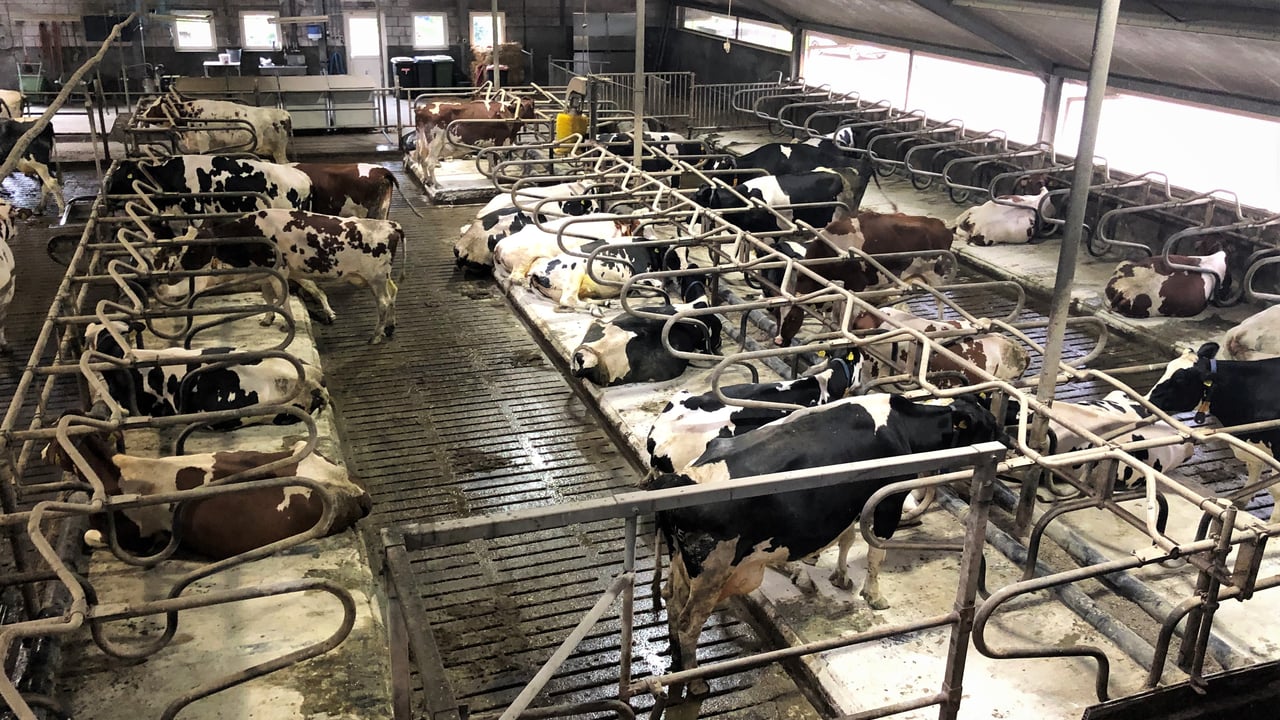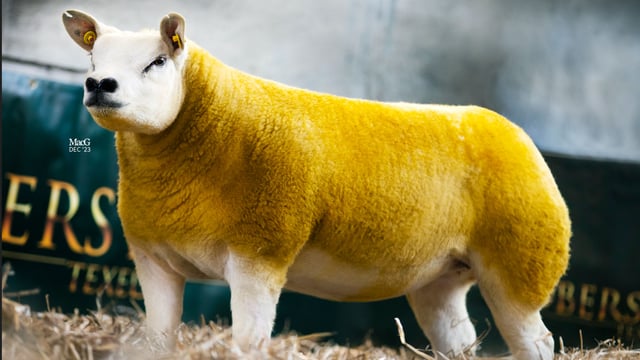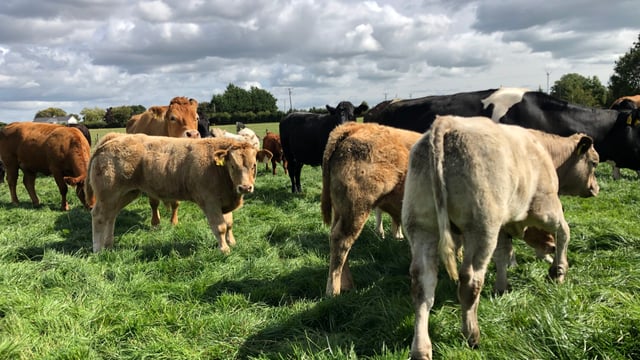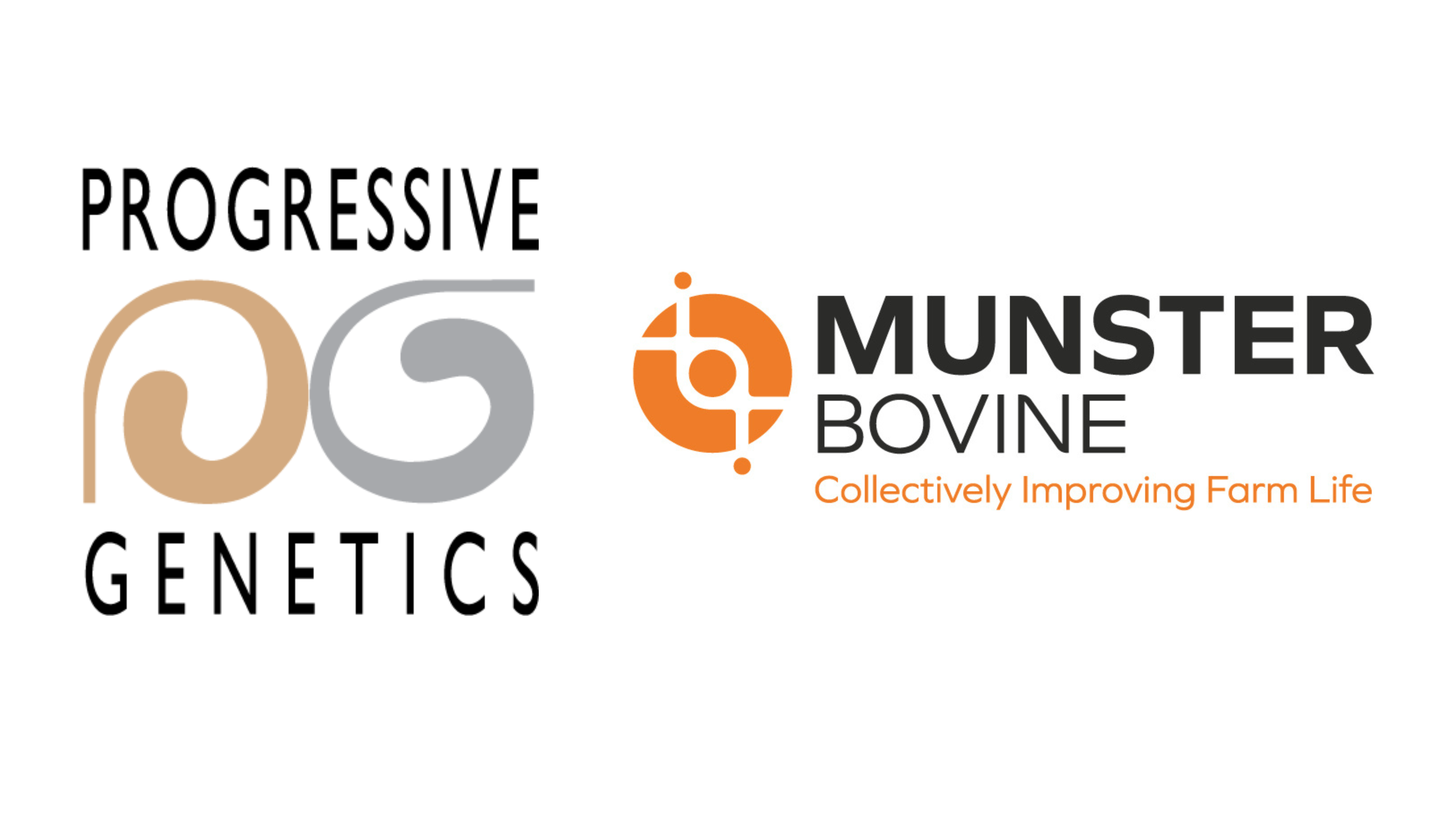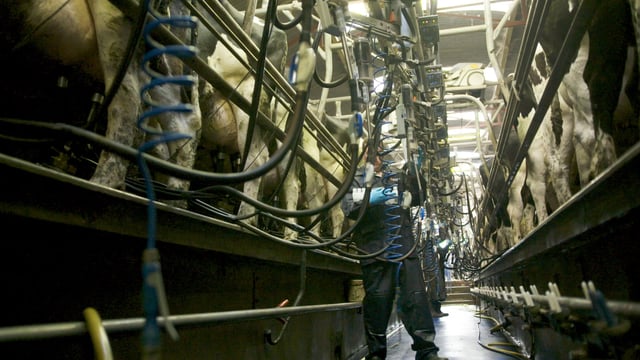Autumn calving: Keeping SCC at bay over Christmas
Somatic cell count (SCC) has to be kept at bay as we enter into the Christmas period and as the foot may be coming up off the gas for a few days.
Many autumn calving herds will still have a number of spring calving cows that have been dried off fully in the last couple of days.
When this happens, although there is milking ongoing on the farm over the Christmas, farmers tend to relax a bit more as the workload and number of rows through the parlour decreases.
However, farmers can't afford to let the hygiene side of things cool down over the Christmas and should not change any milking schedules or practices over the period either.
As any bit of a change in a cow's routine can upset her behaviour and can increase her level of stress which can lead to spike in her cell count.
High somatic cell count (SCC) is associated with stress, and so calving will result in a spike in SCC in the immediate post-calving period, and should return to normal levels within three to four days.
A stress-related spike in SCC is not caused by infection and it will not spread, however, if a spike in SCC is caused by infection, it can spread easily from cluster to cluster.
Letting your herd's SCC slip can be very costly on any farm and it should not be taken for granted, as measure should be taken immediately if there is a small increase in SCC, before it starts costing you.
If the milk price is only at 30c/L, if the average bulk tank SCC of a 100-cow herd increases drastically from 150,000 cells/ml to 250,000 cells/ml, it will reduce the overall farm profitability by €8,200.
If there is no intervention, there will be a further reduction in profits of up to €12,200 if the bulk tank SCC increases over 250,000 cells/ml to 350,000 cells/ml, according to Animal Health Ireland (AHI).
We all know that 2024 has been a tough year in terms of profitability and production which means farmers should not let the likes of SCC hinder a good end to the year.
As the old saying goes 'prevention is always better than cure' and that is certainly the case when it comes to keeping SCC down and preventing it from leading to mastitis cases and treatment which will be costly.
Farmers should ensure that cubicles are well brushed and limed, while regularly cleaning out the calving box, as doing so plays a significant role in minimising the risk of mastitis infection.
Parlour management is crucial in keeping bacteria and infection at a minimum, and particularly during the early post-calving period which applies to many cows in the autumn calving herds.
Farmers need to make sure that passageways are cleaned regularly with automatic scraper going down at least six times/day. Make sure there is enough scraper oil the yard for the Christmas period
A milk recording will give an overview of the whole herd, the areas of good mastitis control and the areas that could be improved and will help identify which cows are giving problems and where intervention might be needed.
However, over the Christmas period, farmers will be unlikely going ahead with a milk recording and so a Californian milk test (CMT) should be carried out on freshly calved cows or cows that you may be suspicious of for raising the bulk tank SCC.
Cows with a normal paddle test can have their milk go to the bulk tank, however, cows that show up a bit gooey on the paddle on all four quarters, are more than likely still stressed post-calving and should stay separate from the group for another few days.
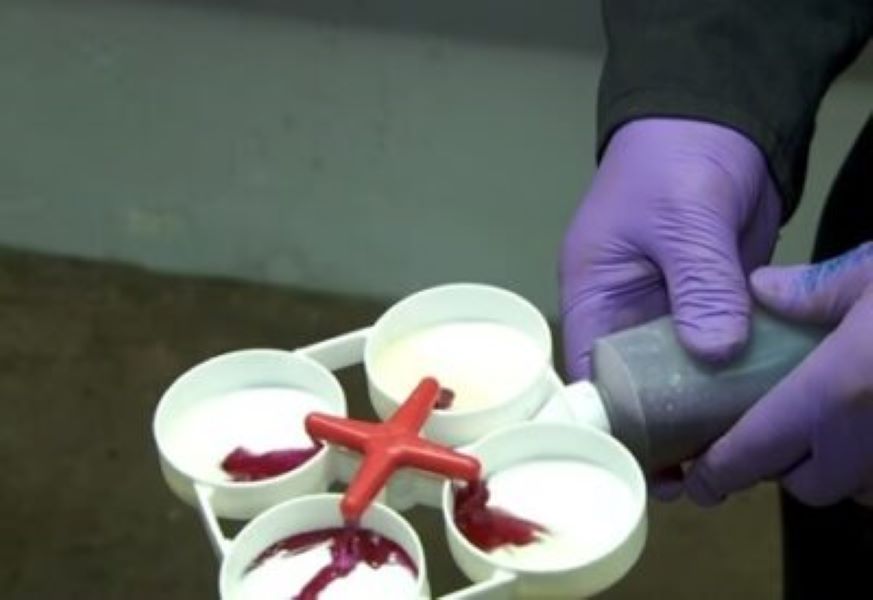
If they are not freshly calved and they show up gooey on the paddle, it is likely that hygiene in the cubicle shed has been poor or the standard operating procedure in the parlour has not been maintained.
If a cow has an issue on one or two quarters, they may need treatment and should be closely monitored and clearly marked as risk animals.
For a lot of farmers, the CMT is just a given and is part of the calving season, but for many, it is not considered, as they may feel that their milk recording will identify problems, but, by the time the recording comes around, infection may have spread.

